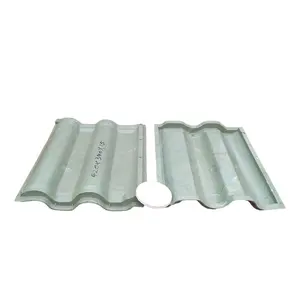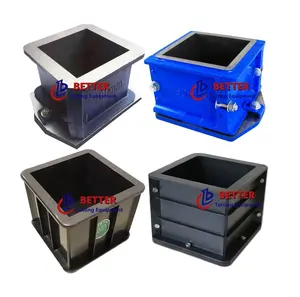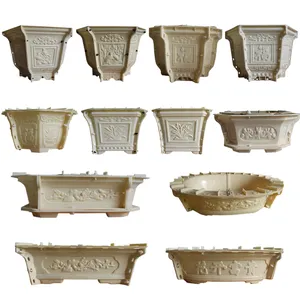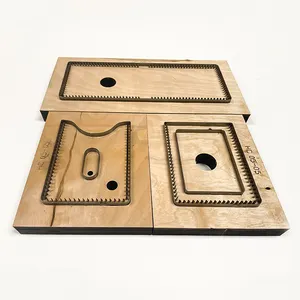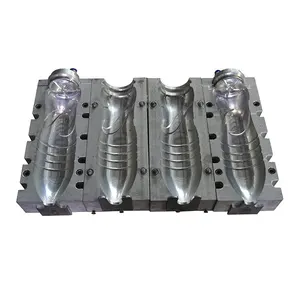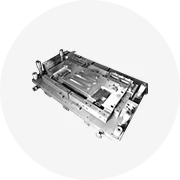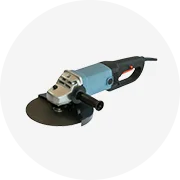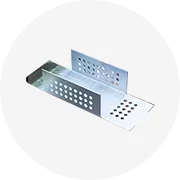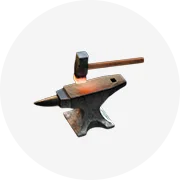Popular in your industry















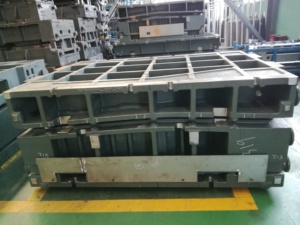





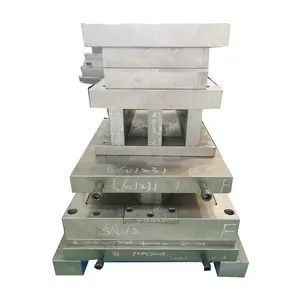




































































































































































































Top categories
About ham mould
The ham mould is an indispensable tool in the culinary industry, specifically designed for shaping and curing hams to perfection. These moulds are crafted to meet the high standards of food safety and precision, ensuring that each ham retains its shape and texture throughout the curing process. The use of a ham press mold is widespread in the production of various types of cured hams, including the renowned Serrano ham, which is known for its firm texture and rich flavor.
Types of Ham Moulds and Their Characteristics
There is a diverse array of ham moulds available, each with unique characteristics to suit different types of cured meats. From the traditional dome-shaped moulds ideal for classic ham forms to rectangular moulds used for creating uniform slices, the variety is extensive. Some moulds are designed with intricate patterns to impart a decorative finish to the ham, while others are simplistic, focusing solely on functionality. The Serrano ham mould, for instance, is tailored to accommodate the dense texture and size of the Serrano ham, ensuring it cures evenly and maintains its distinct shape.
Structure and Operation of Ham Press Molds
The ham press mold is a marvel of engineering, consisting of several components that work in unison. The base and lid apply even pressure, while the internal cavity is shaped to cradle the ham securely. Some models feature adjustable pressure settings, allowing for precise control over the curing process. The locking mechanism is designed to be robust yet easy to operate, ensuring a tight seal that maintains the shape of the ham without requiring excessive force.
Materials Used in Ham Moulds
The materials chosen for ham moulds are selected for their durability and food safety. Stainless steel is the material of choice due to its resistance to corrosion and ease of cleaning. Its non-porous surface does not harbor bacteria and does not react with the curing salts or seasonings, ensuring that the flavor of the ham remains unaltered. The properties of stainless steel also allow for high-precision moulds that can withstand the pressures of commercial food production.
Business Usages and Applications of Ham Moulds
In the business realm, ham moulds are utilized across various sectors, including specialty food shops, large-scale meat processing facilities, and gourmet restaurants. They are instrumental in producing consistently shaped products that are essential for brand recognition and customer satisfaction. In settings where presentation and uniformity are paramount, such as in deli counters or during food plating in fine dining, these moulds prove invaluable. They not only enhance the visual appeal but also contribute to portion control, which is crucial for cost management in the food industry.
Functions of Ham Moulds
The primary function of a ham mould is to shape and press the meat during the curing process. This ensures that the ham retains its form, develops texture, and cures evenly. The moulds are also designed to be stackable, which maximizes space efficiency in refrigeration units. Some advanced moulds even facilitate the marinating process, allowing flavors to penetrate more deeply while the meat is being pressed.
Features of Ham Press Molds
Ham press molds boast features that set them apart from other meat curing solutions. Their robust construction ensures longevity, while their ergonomic design simplifies the process of loading and unloading the meat. Many moulds also feature transparent lids, enabling chefs and processors to monitor the progress of the curing without disrupting the environment. This transparency is a unique selling point that can significantly streamline the curing process.
Benefits of Using a Ham Mould
The use of a ham mould brings a multitude of benefits. It ensures consistency in product quality, which is crucial for businesses that pride themselves on the standardization of their offerings. The efficiency of the moulds also translates to time and labor savings, as they simplify the traditionally labor-intensive process of ham curing. For the end consumer, this means a product that is reliably delicious and aesthetically pleasing.
How to Use and Maintain Ham Moulds
Effective operation of a ham mould involves placing the prepared meat into the mould, securing the lid, and applying the necessary pressure. Choosing the right mould requires consideration of the size and type of meat, as well as the desired end product. Cleaning should be done with appropriate food-safe detergents, and maintenance involves regular checks for any signs of wear or damage. Installation is typically straightforward, with most moulds being ready to use right out of the box.
Target Audience and Meeting Their Needs
The target audience for ham moulds includes professional chefs, artisanal meat curers, and food processing businesses. Each product is designed with the end-user in mind, ensuring that it meets the specific needs and preferences of the target audience. For instance, a small-scale artisan may prefer a hand-operated mould for its precision and control, while a large processing plant might opt for a more durable, automated model.
How does the ham mould ensure food safety?
Food safety is a paramount concern in the use of ham moulds. The non-reactive nature of stainless steel, coupled with the precision engineering of the moulds, ensures that there is minimal risk of contamination. The smooth surfaces and absence of crevices prevent the accumulation of bacteria, making it easier to achieve high standards of hygiene. Furthermore, the materials used are resistant to the harsh conditions of curing, including the presence of salts and nitrates, which are commonly used in the curing process.
Can the ham mould be customized for specific needs?
Customization is a service that many businesses require, and ham moulds can indeed be tailored to specific needs. Whether it's adjusting the size, shape, or even the runner system, manufacturers can modify these moulds to suit unique production requirements. This flexibility allows businesses to produce a distinctive product that stands out in the market.
What are the environmental benefits of using a stainless steel ham mould?
The environmental benefits of using a stainless steel ham mould are significant. Stainless steel is a sustainable material, as it is 100% recyclable without loss of quality. Its durability means that the moulds have a long lifespan, reducing the need for frequent replacement and the associated environmental impact. Additionally, the eco-friendly nature of these moulds aligns with the growing consumer demand for sustainable production practices.
